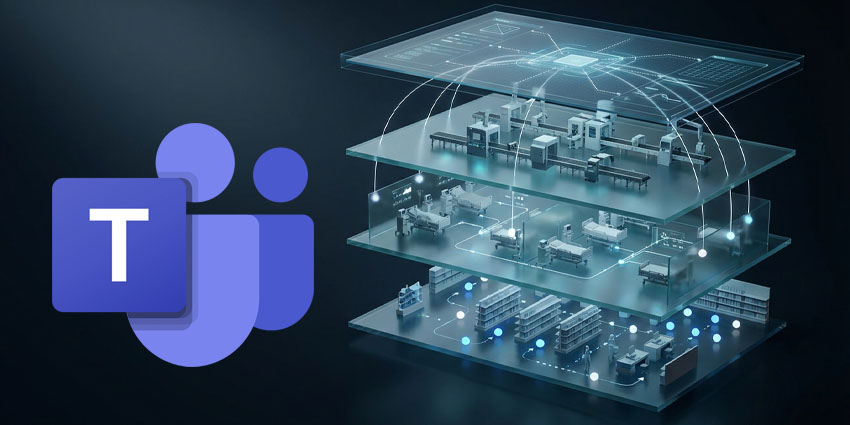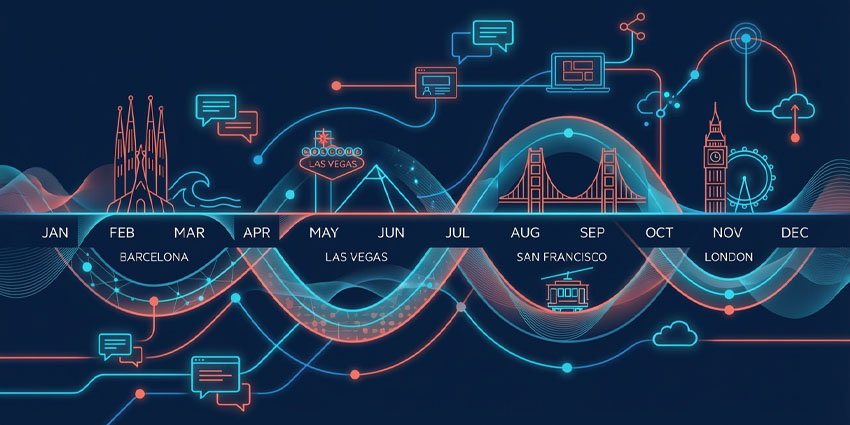According to a recent article in the New York Times, many office buildings remain empty in the city, with occupancy around 50 percent of pre-pandemic levels. In fact, vacant office space could fill 26.6 Empire State Buildings, the article reports.
Similar vacancy rates are playing out across the United States in Los Angeles, Chicago and Houston and wherever there is a concentration of downtown office towers.
We know this story well. And we all know where the workers went. It looks like they are staying put.
This radical shift was predicted in 1980 when the futurist Alvin Toffler wrote about “The Electronic Cottage.” He foretold the modern workplace when information technology allows more people to work from home or wherever they want.
Instead of Cottages, Spaces have Shifted to Microsoft Teams Rooms
Toffler’s prediction took 40 years to materialize. But when it happened, it came with a suddenness that no futurist like Toffler could foretell. Office to remote only took a few months.
And what was considered a temporary shift became a fixture of business life for millions.
The pandemic might be over. But remote and hybrid work is here to stay. Microsoft Teams have principally realized it by providing 300 million active Teams users with a way to connect, communicate and collaborate from almost anywhere. But complexity often correlates with size.
“The biggest challenge our customers are facing now is how to make our teams work together when they’re not in the same place at the same time,” said Menno Buijs, Product Manager at AudioCodes. “Before COVID, some customers had 10 Teams Rooms devices. Today, they have hundreds with an unprecedented demand for video solutions.”
Managing hundreds of Teams Rooms across different offices and countries is daunting. They need to ensure that the devices are configured correctly, updated regularly, monitored constantly and troubleshooted quickly. They also need to measure and improve the quality of experience (QoE) for the users who join the video meetings from Teams Rooms or other devices.
The Only Thing You Need is ‘Click to Join’
Once upon a time, there were one or two Microsoft Teams Rooms in one building. Now there are 10 to 20 and the number of users has increased dramatically.
“AudioCodes serves 50 percent of the global top 500 enterprises, and some of them are managing up to 60,000 MTRs users,” Buijs said. “That is humanly impossible. So, that’s where our One Voice Operations Center (OVOC) and managed services are critical to keep running,” he said.
AudioCodes’ One Voice Operations Center (OVOC) is a comprehensive voice network management solution designed to simplify and streamline the management of voice network devices while enhancing quality of experience (QoE) monitoring.
This solution allows administrators to manage network lifecycles holistically, from troubleshooting to correction, significantly improving the efficiency of everyday tasks.
Ideal for service providers and enterprise networks, OVOC is compatible with Microsoft Teams environments, enabling end-to-end QoE monitoring.
One Window Simply
It offers a single pane of glass interface, centralizing the management and monitoring of VoIP devices, reducing time and costs.
Even complex tasks like root cause analysis, provisioning new devices, and bulk software updates can be completed rapidly.
OVOC’s open APIs also enable integration with third-party applications, offering enhanced voice analytics and data-layer monitoring. It also supports deployment on cloud platforms like Amazon Web Services (AWS) and the Azure Marketplace , allowing flexibility and scalability.
OVOC is available in two versions: Basic and Advanced and offers packages in device management, quality monitoring, reporting, and Microsoft Teams QoE monitoring.
Click here for more information about AudioCodes and the One Voice Operations Center (OVOC).







